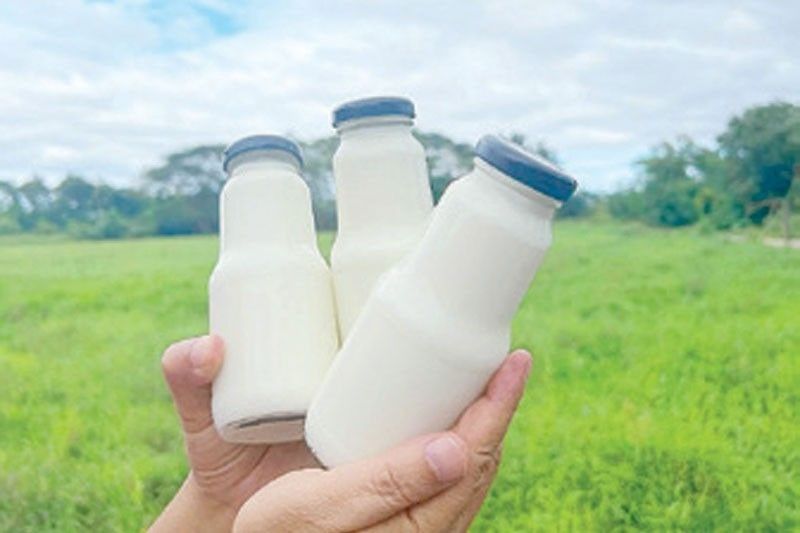Philippines may import more dairy this year

MANILA, Philippines — The Philippines may import more dairy this year on the back of higher demand from consumers and the processing industry, according to the Food and Agriculture Organization of the United Nations (FAO).
In a report, FAO forecasted a slight expansion in global dairy trade this year to 85 million tons in milk equivalent, reversing the 4.6 percent drop in volume last year.
“This is principally due to an anticipated increase in import demand by Algeria, Mexico, Australia, Indonesia, Saudi Arabia and the Philippines reflecting a combination of higher demand from the food processing industry, as well as rising consumer demand that exceeds potential supplies from internal sources,” it said.
In particular, the UN agency sees the Philippines importing 2.87 million tons of dairy, up 2.18 percent from the estimated 2.8 million tons imported last year.
Most of the country’s dairy demand is driven by the government’s milk feeding program, led by the Department of Education (DepEd) in partnership with the Department of Agriculture (DA).
While the milk feeding program is served mostly by local production, imported milk serves 99 percent of the country’s total dairy requirements.
Last year, the Philippine milk imports rose by 10 percent to 3.35 billion liters last year from 3.03 million liters a year earlier, translating to 99 percent of the total milk supply.
Among dairy products, the global trade of skim milk powder (SMP) will likely grow by 1.5 percent to 2.6 million tons.
FAO said this would be driven by the “anticipated sizeable increased purchases” by China, Mexico, Indonesia, the Philippines and Algeria.
For the Philippines, SMP imports would likely be driven by “rising internal demand,” the UN agency said.
Based on data from the National Dairy Authority (NDA), 79 percent of the total imports are milk powder. Of this, skimmed milk powder comprised 46 percent.
On the other hand, the Philippines will likely mirror the downtrend of global butter trade, which is forecasted to decline by nearly two percent.
“Increased domestic availability and subdued internal demand could lower butter imports by other countries, including the Philippines and Egypt,” FAO said.
Last year, imported butter, butter fat and dairy spreads saw a 15-percent decline to 227.09 million liters from 267.67 million liters, the NDA data showed.
To help reduce the country’s reliance on imported milk, the NDA is targeting to increase dairy production by 500 percent to 80 million liters per year over five years.
It is also planning to increase the milking herd to 15,000 heads and produce 15 liters of milk per cow per day.
Currently, the daily average milk production per cow is only eight to 10 liters. Through better feed quality, the agency targets to improve this to 15 to 16 liters.
To achieve these goals, the agency is looking to spend over P850 million to construct five stock farms and import dairy herd animals.
The five stock farms will be developed in General Tinio, Nueva Ecija; Guinobatan, Albay; Ubay, Bohol; Malaybalay, Bukidnon; and Davao City.
These farms will breed island-born animals, which will help improve the genetics of the dairy herd in the country.
- Latest
- Trending





























